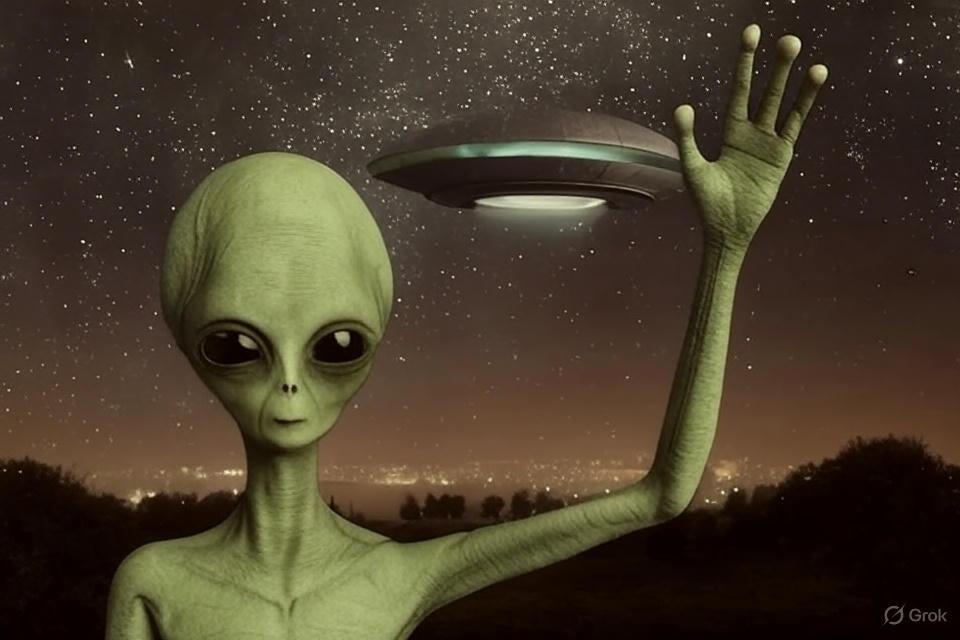Earth Unprepared for Alien Contact? Harvard Expert Sounds Alarm
Introduction
In a startling revelation on October 11, 2025, Harvard astrophysicist Avi Loeb warned that humanity is woefully unprepared for a potential alien encounter. Addressing the mysterious interstellar comet 3I/ATLAS, Loeb urged the United Nations to act immediately to establish protocols for extraterrestrial threats. This warning has sparked global curiosity and debate, blending science, speculation, and international policy.
"As far as I know, there are no protocols for responding to the discovery of functioning alien devices near Earth"https://t.co/pCHlbahy6I
— Dexerto (@Dexerto) October 11, 2025
What is 3I/ATLAS?
3I/ATLAS is an interstellar comet discovered in July 2025, moving at speeds exceeding 130,000 miles per hour. While NASA and ESA classify it as a natural icy body with standard cometary features, Avi Loeb suggests it could be alien technology due to its unusual trajectory and resilience. The comet is set to reach its closest approach to the Sun on October 29, 2025, fueling both scientific and public intrigue.
Why Avi Loeb is Concerned
- Lack of Preparedness: Earth has no established international strategy for alien encounters.
- Potential Threat: Though speculative, Loeb highlights 3I/ATLAS’s unusual path as a reason for caution.
- Call to Action: Loeb emphasizes the UN must act now to prevent global unpreparedness in the face of extraterrestrial events.
Global Reactions
- Serious Considerations: Experts and enthusiasts discuss humanity’s readiness.
- Humor and Skepticism: Some responses take a lighthearted or satirical approach.
- Scientific Debate: The conversation contrasts Loeb’s hypothesis with mainstream NASA/ESA views.
FAQs
- Q1: Is 3I/ATLAS a threat to Earth?
- A: According to NASA and ESA, no. It is classified as a natural comet, and no immediate threat is expected.
- Q2: Why does Avi Loeb think it could be alien technology?
- A: Loeb notes its resilience and hyperbolic trajectory may indicate artificial origin, though evidence is speculative.
- Q3: Has the UN taken any action?
- A: Currently, no formal global protocol exists, which is why Loeb emphasizes urgent planning.
- Q4: When will 3I/ATLAS be closest to the Sun?
- A: October 29, 2025.
Conclusion
The warning from Avi Loeb spotlights a rare intersection of science, speculation, and global policy. While mainstream scientists consider 3I/ATLAS harmless, Loeb’s warnings prompt a larger discussion about Earth’s preparedness for extraordinary cosmic events. This debate underlines the need for careful, rational, and proactive international planning to address future extraterrestrial uncertainties.
Neutral Intellectual Insight
Viewed through a global lens, the conversation sparked by 3I/ATLAS is less about immediate danger and more about human readiness for the unknown. Loeb’s hypothesis challenges conventional scientific assumptions, forcing policymakers, scientists, and the public to confront questions that blend astrophysics, philosophy, and global governance. Whether 3I/ATLAS is natural or artificial, this moment underscores humanity’s curiosity, vulnerability, and responsibility in a vast and unpredictable universe.


0 comments